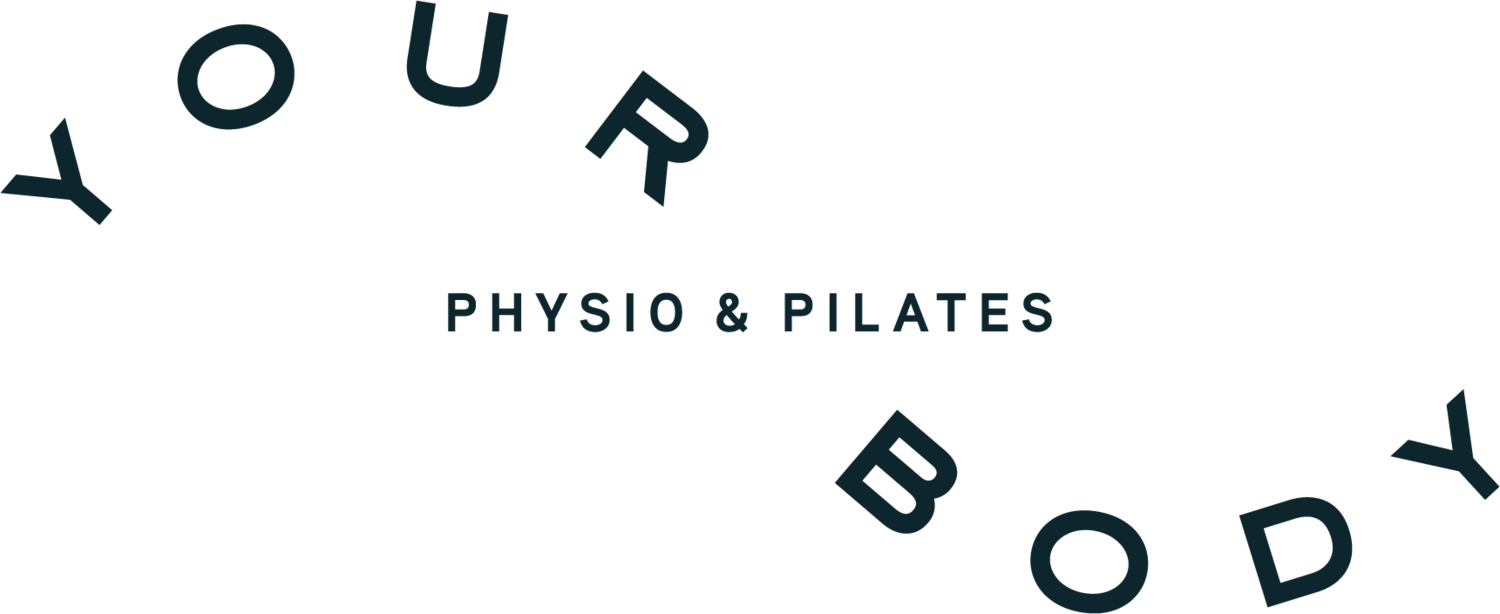Getting Down with Your Pelvic Floor During Pregnancy
More than one third of women experience incontinence – bladder, bowel or both – during the second and third trimesters of pregnancy, with a further third experiencing bladder leakage during the first three months after giving birth and 20 per cent reporting difficulty controlling wind and bowel movements for up to a year after birth.
In other words, this is a very common issue, and it’s certainly nothing we need to be embarrassed about. But naturally the physical and mental toll from incontinence can affect women’s confidence and quality of life – luckily, there are some simple exercises that can considerably reduce its burden.
Studies show the pelvic floor muscle training (PFMT) exercises can reduce the incidence of bladder and bowel leakage both pre-and-post-partum. Generally, physiotherapists, clinical Pilates instructors and other relevant healthcare professionals recommend PFMT from the first trimester, though it’s never too late to start.
What is Your Pelvic Floor?
The pelvic floor is the group of muscles that runs between the pubic bone at the front of your pelvis to the tailbone at the back of your pelvis, and in-between the sitting bones under your glutes.
It acts similar to a hammock supporting your uterus, bladder and bowel. Pelvic muscles are also part of the ‘core muscle’ group, as they contribute to pelvic stability and work with your abs and back muscles to support the spine and control pressure.
For women, pelvic floor muscles also provide vital support for babies during pregnancy, and are put under increased pressure from the first trimester through to birth. During pregnancy, these muscles become more stretched out and relaxed to facilitate the growing baby.
While as a physio I’ve known this for a long time, but as I’m now pregnant with my first child, I really know all about it and sympathise more with what pregnant women are going through!
Aside from incontinence, there are other signs to watch out for to identify if you’re having any pelvic floor issues, such as pain or discomfort around the pelvis, difficulty having penetrative sex, lower back pain, and decreased postural muscle strength and endurance.
Giving birth puts further pressure on your pelvic floor, and can often lead to muscle damage.
Exercises to Minimise Pelvic Floor Issues
All of this pressure and potential issues can be eased with the right PFMT exercises. Performing pelvic floor exercises prior to conception, during pregnancy and post-natal can improve the strength and function of the pelvic floor and considerably reduce the chances and severity of injury.
I typically recommend exercising the pelvic floor in two ways:
First, tighten your pelvic floor by squeezing or lifting the ring of muscles around your anus (imagine you’re trying to stop yourself from passing wind). Do as strong a squeeze as you can, a 100 per cent contraction, for one-to-two seconds, then relax. Repeat this 10 times.
Second, try to lift your pelvic floor muscles (use the wind-passing cue here too). This time, only contract the muscles at 20 per cent of your maximum effort, and see if you can hold it for three-to-five normal breaths. Repeat this five times.
The maximum effort helps to strengthen your pelvic muscles to cope with and avoid leakage during times of sudden pressure, such as when we cough, sneeze or even laugh uncontrollably (babies give us great joy after all!).
The endurance-focused efforts help to build exactly that – by exercising the endurance fibres of your pelvic floor, you can hold back bladder and bowel movements for longer when there isn’t a toilet nearby. Doing these exercises also helps to engage your pelvic floor and keep it activated while exercising generally, giving you more core stability and support.
Generally, these exercises are safe to do throughout pregnancy and within just a few days of giving birth – though it’s always best to check with your physio, doctor or midwife to make sure, particularly if you experienced any prolapses or tearing during birth.
If you’re struggling to activate your pelvic floor with this guidance, it might be worth making an appointment with your local physio who can help you locate and engage your pelvic floor.
You can progress your pelvic floor strength by engaging these muscles as you exercise during activities like Pilates and yoga. This is a great way to build strength and keep mums and mums-to-be feeling their best.

